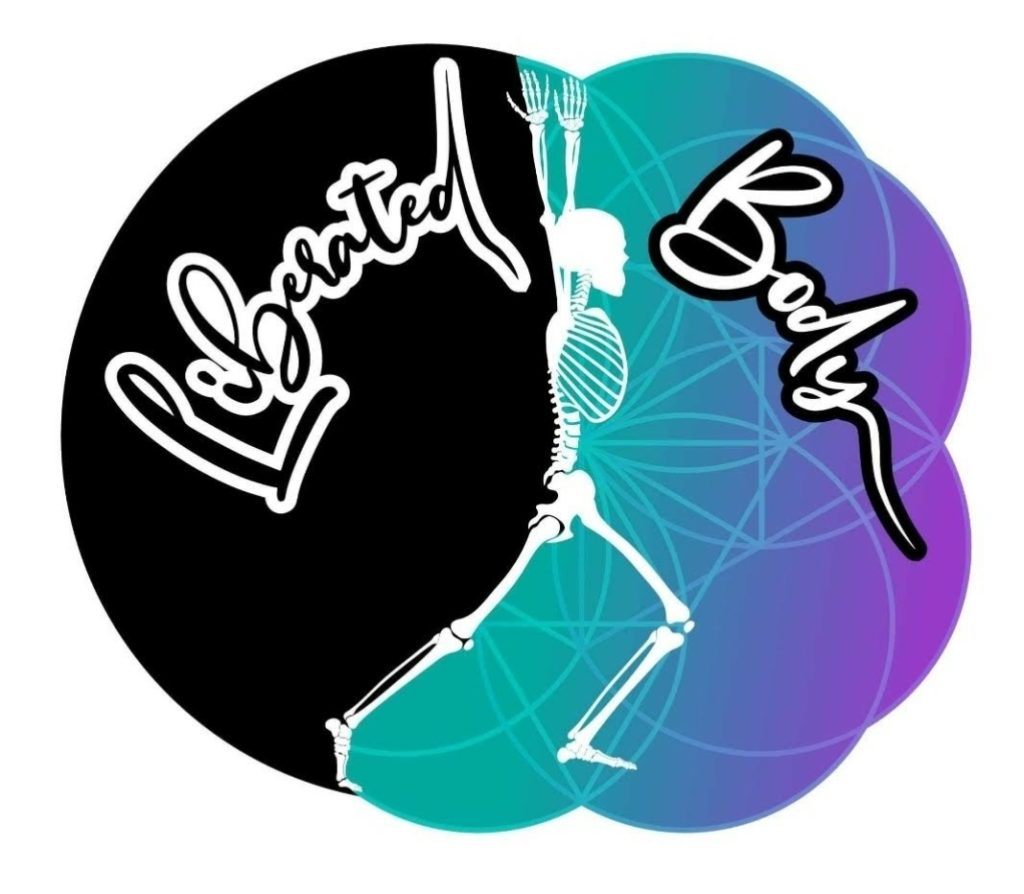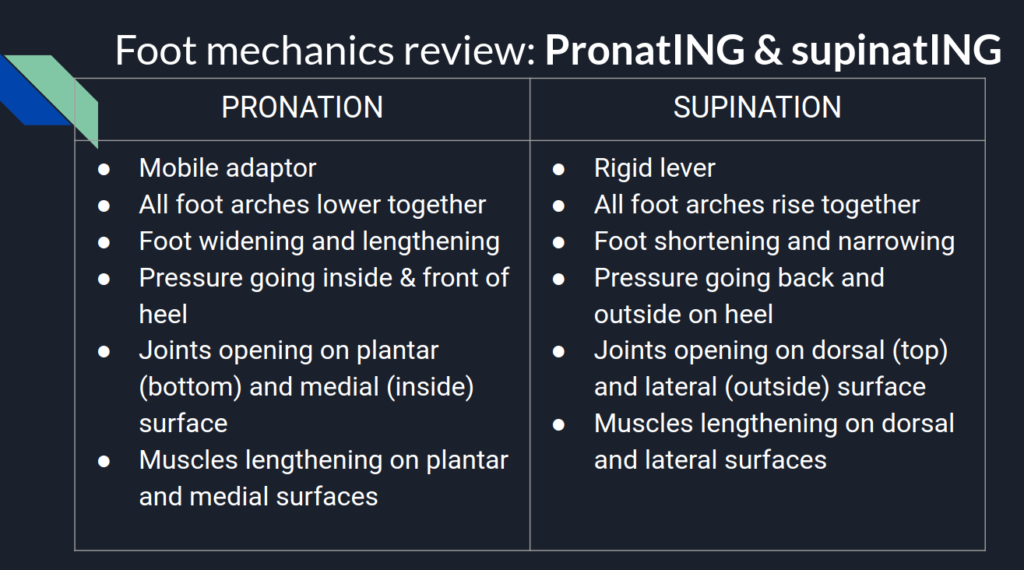Do you have a deep achey painy thing between your butt and your back, and you’re not sure if it’s lower back pain or butt pain?
That’s probably your sacroiliac joint. And we can totally figure it out 🙂
In this blog post I’m going to share some video clips from my Troubleshooting the SI Joint (part 1) Movement Deep Deep session from Sept 18 2021 help you work with that poor, misunderstood SI joint of yours.

How to be a DIY SIJ Detective
Quick back-story: I became a self-appointed DIY movement detective by sheer necessity.
At age 22 I was broke and broken from my career in dance (marry rich, one prof told us).
I had no money to get physical therapy (literally like $500 in my account, the remnants of my student loan not even my own money), no future as a dancer, and a part time customer service job at the local Goodlife Fitness (when they changed the title “Customer Service Rep” to “Motivator” and I knew I had to get out of there…).
What I did have was time and hunger to understand my body.
The insight struck me as I limped to the physio clinic one day to get yet another ineffective treatment: I have to become my own best therapist. No one can do this for me, or care more about me more than me.
That limp was my victory march, and the beginning of my journey as a DIY movement detective.
As the beloved Buddhist teacher Pema Chodran wrote in her book, When Things Fall Apart, “We’re here to study ourselves. Studying ourselves provides all the books we need.”

I’ve come to see my body is my best textbook. All the info I need is within it.
Saying this because if you’re in a similar place- you’ve realized that only YOU can figure you out, then what I have to share today will help your investigations.
So before you hop on Youtube and do a search for “How to make my SIJ stop hating me”, let’s see if we can help orient you to your SI joint by opening the textbook of You.
Time to get off the lacrosse ball you may be sitting on, cursing your pririformis as the root of all evil, and get to learning 🙂
SIJ Made 10-Year-Old Simple
I’m not claiming I know everything about the SIJ. Not even close…
My hope is that the two video clips in this post will help orient you to 1) What your SIJ is and, 2) Why it might feel like it does from a movement perspective.
From there, you can make better informed decisions about WHAT to do about it.
This first clip covers:
- What the heck is the SI joint anyway?
- How much movement does it actually have?
- What primary purpose does SIJ motion serve in gait?
- What two simple terms can we use to name SIJ movement that even a 10 year old can understand?
Want to see the 60 second version? Check it out here on my Instagram account.
Side note: After editing this video I’ve now heard the word “SI joint” so many times it doesn’t even sound like a real word anymore and I never want to hear it again.
In case you didn’t watch the video, here’s the quick summary:
Gait is my favourite context to observe movement within. All joint motions our bodies can do happen while we walk. Unless they can’t 😉 This gives us a fabulous set of joint interactions to assess movement quality of.
The SIJ has it’s very own role in gait. Is yours performing that role based on its original instructions?
In gait, we’re interested primarily in the ability of the SIJ to compress and decompress at the appropriate times with each footstep to help us with shock absorption.
This is similar to how your foot goes through pronation and supination to give you that “bounce” in your step, but getting stuck in either position all the time can cause trouble.
Let’s move into how to self-assess your SIJ as your pelvis moves in three dimensions..
A Comprehensive Gait-Centric SI Joint Self-Assesssment in Less Than 8 Mins
AKA: The SIJ self-assessment a 10-year-old can follow along with (I hope…)
Here’s the second video clip from my Troubleshooting the SIJ (part 1) session: Dynamic assessments of SIJ compression and decompression in gait.
Here’s a quick recap of what is happening at the SI joint space during pelvis motion:

You should now have a better idea about:
- Which pelvis motions are flagging up your SIJ stuff
- Whether its a compression or decompression
- In which planes of motion it’s happening
So what did you discover? Are you like me: Compression in two planes, and decompression in the other? Compression in all three planes? Decompression causing most of your problems?
Now you know more about your SIJ than most therapists will be able to tell you, beyond, “Your piriformis and hip flexors are tight”. Can you see why this isn’t enough information to change the movement habit keeping you stuck as you are?
So… Now you have your data. What do you do with it?
4 Steps to SIJ Relief
A few important notes.
First, there is no one-size fits all approach. I don’t think its wise or responsible to advise on what exactly to do in a blog post, so I’m not going to 😉
Second, this is only ONE perspective. If it resonates with you and feels useful, that’s great.
In the full 90 minute Movement Deep Dive session I shared 5 exercises to try out. Their intention is simply to help you explore and reclaim the triplanar movements your pelvis might be missing, and then integrate these motions into two lunge-y, gaity-y exercises.

The reason I hesitate to share the specific exercises here is not because I’m a selfish jerk…

To fully appreciate them, a fundamental understanding of the body’s movement mechanics through the gait cycle is key. This is why I like folks to go through my Liberated Body Workshop FIRST before attending my Movement Deep Dives sessions. Otherwise, the exercises will have no context, and you won’t get anything useful from them other than a face workshop from making confused faces.
But I can provide a thought process to get you started with right now.
STEP 1: Understand in which planes of motion your pelvis has movement restrictions or discomfort: Sagittal, frontal, or transverse (we already did that).
STEP 2: Note whether or not each of those motions correspond with compression or decompression of the SIJ (we already did that, too).
STEP 3: Experiment with exercises to give your pelvis, as a whole, the experiences of movement, compression, and decompression it is missing in ways that feel safe and comfortable.
For example: Are you missing the ability to posterior tilt your pelvis and could this be why the anterior tilt feels compressive? Explore some posterior tilt exercises and see what happens.
Experiment with different body positions. Supine? Prone? Standing? Handstanding?? (just kidding.. kinda).
The HOW is even more important than the WHAT. This means moving slowly, paying attention to details, and valuing quality of movement, such as:
- Is the issue because you’re deviating from the plane of motion you’re trying to move within? For example: You’re trying to rotate your pelvis, but instead you’re deviating into an anterior tilt, compressing your SIJ. Could finding a way to make that movement more pure, clean, and honest be the solution?
- Is the issue that you think you’re moving your pelvis, but you’re actually moving something else, like your spine, or ribcage, in an attempt to move your pelvis?
- Are you doing the right movements the wrong way? Too intense. Too fast. Too little awareness. Too many reps. Too big. Too small… These are things it helps to have an outside eye with.
STEP 4: Integrate these missing pelvis motions with the rest of the body, the way we should see it in gait, so that the body learns to walk-IN the new movement options, not walk it off.
Show your body how these movements fit back in with your original instructions. Otherwise it’s just another novel experience.
Want MORE?
The clips from this blog post are from Troubleshooting the SIJ PART 1. But… There are two more parts, and I’ve compliled all three together into a little workshop for you: Troubleshooting the SI Joint
PART 1: What is the SI Joint? What movements of the pelvis create SIJ compression and decompression? How can we assess this? And a movement exploration to bring awareness to our pelvis motion and restore all movement possibilities that should be available to it (the topic of this blog post).
PART 2: What lower body influences could be contributing to SIJ crankiness? How do movements of the feet, legs, and hips impact on how our SIJ feels?
PART 3: What upper body influences could be related to how your SIJ feels? How do movements above from the spine and ribcage play into how our SIJ feels, in terms of com back. Stipulation: You have to write me a 500 word essay about your experience 😉
I hope you enjoy this guided exploratory series of movement sessions to get to know your pelvis and SI joint better 🙂
If you are an anatomy nerd/movement professional, and want to learn more about gait mechanics, check out Gary Ward’s closed chain biomechanics of the lower limb online course. SO good!
Conclusions?
This is certainly not the definitive guide to SIJ mastery, simply one perspective for understanding what’s up with YOUR SI joint, through the lens of gait mechanics.
Knowledge is power. You deserve better than a generic, glute squeezing, lacrosse-ball-sitting approach. You deserve to understand your body mechanics to make an informed choice.
Decompression isn’t always the answer. Sometimes our symptoms are due to decompression, and we won’t know until we assesss! Could you be compressed in one plane, but decompressed in another? Again, knowledge is power! Before chooseing an intervention, know your specific intent based on your body’s true demands.
This is an investigation of YOU, by you, for you. This is the creed of the DIY Movement Detective. No one can do your work for you, but you don’t need to do it all alone. There are folks like me interested in helping you figure your body’s shit out. I don’t want to tell you what you should do, only to help you think more critically, and give you more avenues to explore so you can find your own answers.
Seek professional help when you’re stuck. Massage, physio, acupuncture, movement coaching. If you have a structural/tissue restriction, or your nervous system is a little too triggered to feel safe enough to do any movement exploration, I strongly recommend finding a practitioner you trust to help you out. Even DIYers like me need a little guidance and support sometimes 😉
What did you discover about your SIJ?
I’d love to hear if you discovered anything new (or remembered something old) through this exploration. Was this useful? Is there anything that you want more clarity on? Shoot me an email or leave a comment on this blog post and let’s chat 🙂






